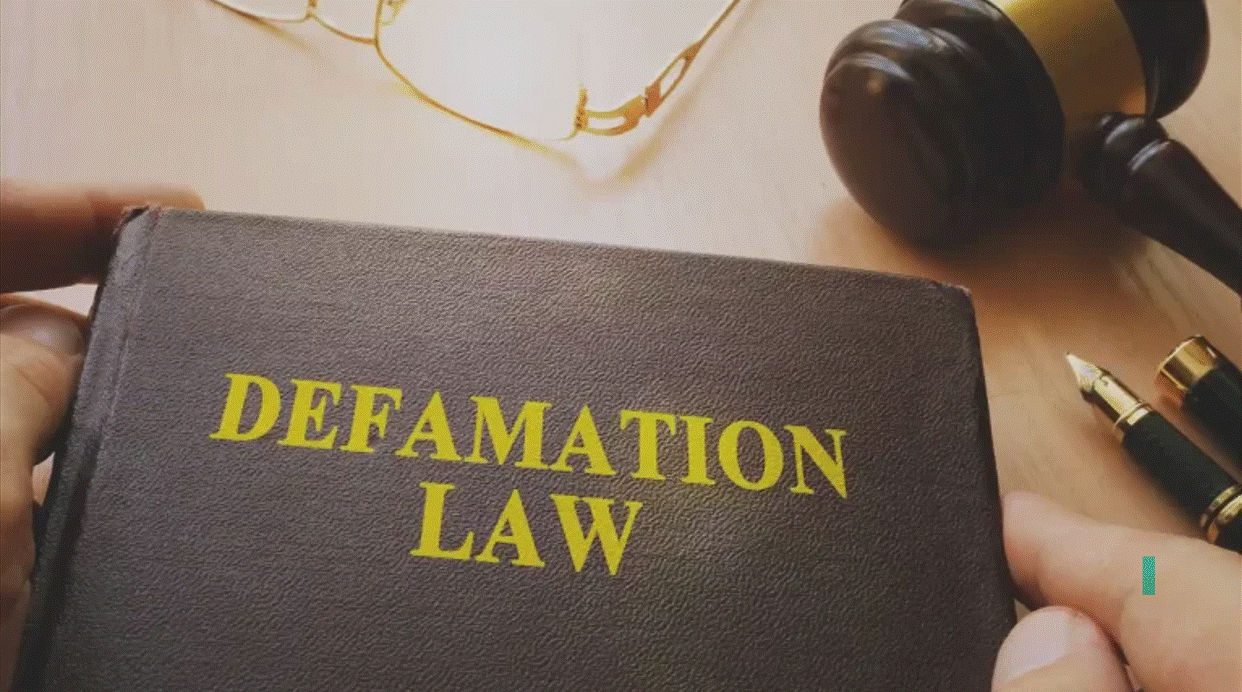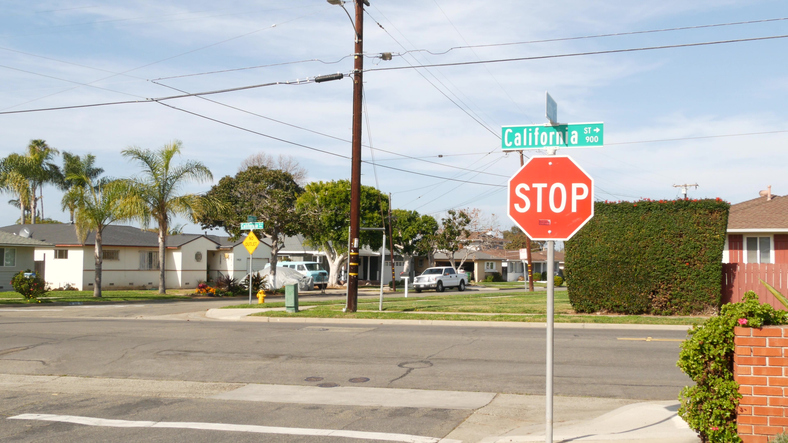- 2 Nov 2025
Legal
Legal
- By Medical Malpractices
- 11 Sep 2025
Common Mistakes in Responding to Administrative Subpoenas — Advice From Experienced Administrative Subpoenas Attorneys
When organizations receive an administrative subpoena, the clock starts ticking. Regulatory agencies...
- By Medical Malpractices
- 8 Sep 2025
Common Pitfalls to Avoid in California Lawyer Client Business Transactions
Engaging in California lawyer client business transactions is not inherently unlawful, but...
- By Medical Malpractices
- 4 Sep 2025
When to Worry About Statins Extreme Muscle Pain: Signs of Serious Damage
For many people prescribed cholesterol-lowering medication, the benefits outweigh the risks. However,...
- By Medical Malpractices
- 20 Aug 2025
What to Do If You Are Accused of Drug and Alcohol Use During Probation: Steps to Take
Understanding the Accusation of Drug and Alcohol Use During Probation Probation is...
- By Medical Malpractices
- 20 Aug 2025
Understanding the CMC-110 Form for a California Case Management Conference
When preparing for a California case management conference, one of the most...
- By Medical Malpractices
- 20 Aug 2025
How Does Ski Collision Claim Payment Work with Homeowners Insurance?
When accidents occur on the slopes, questions about responsibility and compensation often...
- By Medical Malpractices
- 18 Aug 2025
How to Prove Trespass to Chattels: Key Elements You Should Know
Trespass to chattels is a legal concept that arises when someone intentionally...
- By Medical Malpractices
- 14 Jul 2025
Understanding Defamation Legal Solutions for Social Media Posts
In an era where online platforms dominate public discourse, Defamation Legal Solutions...
- By Medical Malpractices
- 7 Jul 2025
Local Opinions: How Red Light Cameras Spark Controversy In Tennessee Counties
The installation and use of red light cameras spark controversy in Tennessee...
- By Medical Malpractices
- 3 Jul 2025
Legal Do’s and Don’ts of In-Home Separation in California
As California’s housing costs continue to climb, more couples are navigating divorce...
- By Medical Malpractices
- 30 Jun 2025
The Hidden Dangers of a California Rolling Stop in Residential Areas
In quiet suburban neighborhoods across California, many drivers have unknowingly adopted a...
- By Medical Malpractices
- 11 Jun 2025
Understanding Self-Defense Laws: What Counts as Imminent Danger?
Self-defense remains one of the most widely recognized legal doctrines allowing individuals...
- 1
- 2
- 3
- 4
- Next Page »
Recent posts
- 17 Oct 2025
Categories
- Accident & Injury Law (54)
- AI (1)
- Copyright Law (1)
- Criminal & Civil Law (17)
- Disability Law (2)
- Driving Law (2)
- Employment Law (1)
- Estate Planning (2)
- Family & Relationship Law (29)
- Food and Drink (2)
- Gas Exposure (1)
- Health (1)
- Immigration Law (2)
- Injury Claim (1)
- Insurance Law (7)
- Legal (40)
- Lemon Law (4)
- Mediation (3)
- Medical Malpractice (1)
- Property & Business Law (9)
- Severance Agreement (1)
- Travel and Leisure (1)
- Uncategorized (12)
- Worker Compensation (2)












